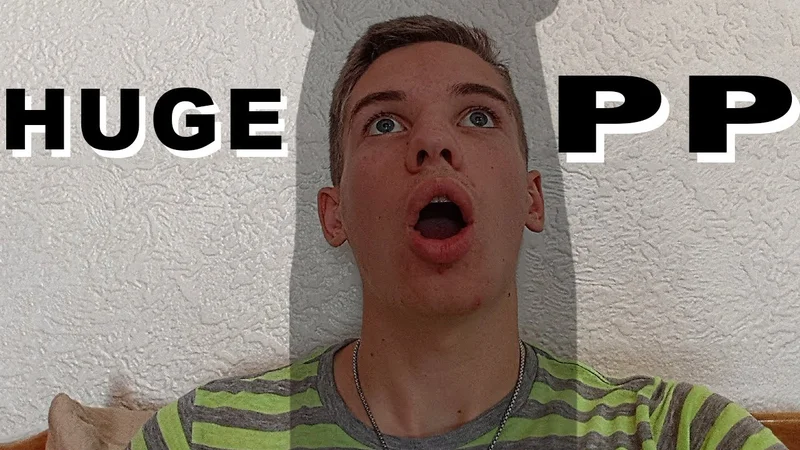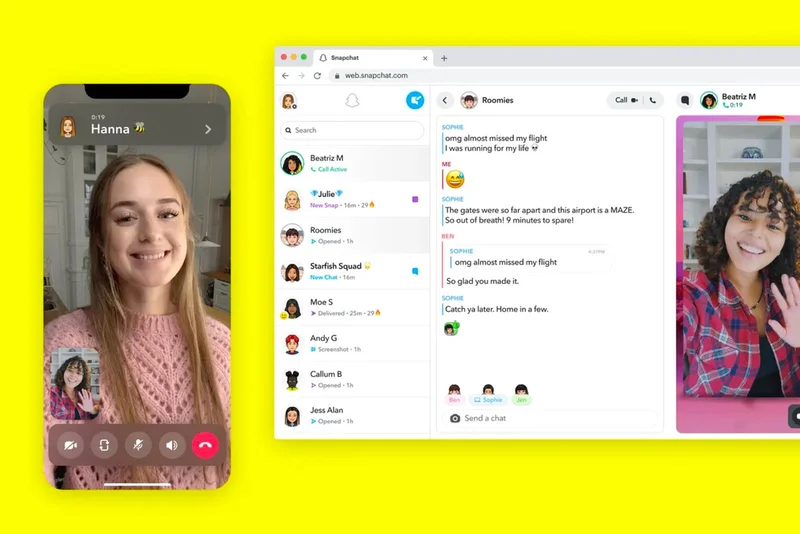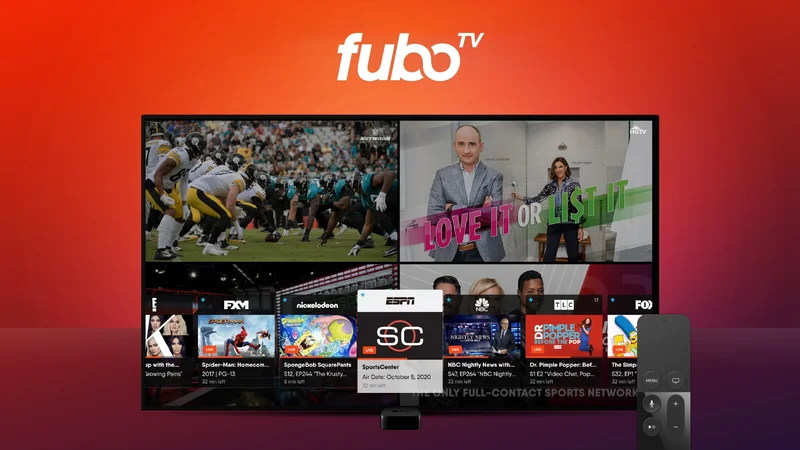What 'PP' Actually Means: The Internet Slang vs. The Real-World Definitions
So, you want to know what PP is? It’s polypropylene. It’s that cloudy plastic container holding last night’s leftovers in your fridge. It’s the kid’s toy that’ll outlive your grandchildren in a landfill. It’s everywhere. And a couple of companies are making a lot of noise, pretending they’ve just reinvented the wheel, when really, they’ve just slapped a new coat of paint on it.
Give me a break.
Two stories crossed my desk that are a perfect snapshot of the corporate PR machine in action. On one hand, you have Milliken & Co. bragging about a new additive that makes their PP plastic clearer (Next-Generation PP Clarifier Reduces Loading, Migration). On the other, you have PureCycle Technologies patting itself on the back for getting permission to ship its "recycled" plastic from Ohio to Europe (PureCycle gains European import permission for recycled PP).
Both are being sold as breakthroughs. Both are, when you scrape away the varnish, just business as usual. No, "business as usual" is too kind—this is a masterclass in distraction.
The Quest for Crystal Clear Guilt
Let’s start with Milliken. Their big news is an additive, the "Millad ClearX 9000 clarifier." Rolls right off the tongue, doesn't it? Its purpose is to make polypropylene, a naturally hazy plastic, more transparent. According to them, this helps create products that are "visually appealing." Translation: It makes the container of strawberries look a little redder on the shelf so you’re more likely to buy it before it rots.
They boast about "reduced loading levels," which means they can use less of this magic dust to get the same effect. This, they claim, cuts down on storage needs and freight costs. Great for their bottom line, I’m sure. They also proudly state it has FDA approval for all sorts of food-contact uses and reduces "migration" into olive oil by 17 times compared to the old stuff.
That sounds impressive, right? A 17x reduction! But here’s the question they never answer: what was the baseline? Is it a reduction from an outrageously high number to a merely acceptable one? It’s like a car company bragging that their new model is 17 times less likely to explode on impact than their last one. You’d still have to wonder why it was exploding in the first place.

I can just picture the meeting. A bunch of executives in a sterile conference room, the air smelling faintly of ozone and ambition, looking at a PowerPoint slide with a graph going down. "We did it," one of them says. "We’ve made the plastic... shinier." They’re solving a problem nobody but their marketing department actually had. And they expect us to believe this is innovation, and honestly...
Is this really the pinnacle of our chemical engineering genius? Making a disposable container a bit more see-through so we can feel a fleeting sense of satisfaction before we toss it in a bin?
The Trans-Atlantic Recycling Ruse
Now for the main event: PureCycle. This one is even better. These guys have a "first-of-a-kind dissolution recycling technology." They use a solvent to wash used PP material, stripping away colors and gunk to return it to "virgin-like quality." It’s not chemical recycling; the plastic stays plastic. Sounds neat on paper.
Their big announcement? They’ve received EU REACH certification, allowing them to import their recycled polypropylene from their plant in Ironton, Ohio, to Europe. The CEO, Dustin Olson, immediately admits in the press release that shipping recycled plastic across the Atlantic Ocean is "not a sustainable business model." You don’t say.
So why do it? He calls it "pre-marketing." They want to get European customers hooked on their product before their plant in Belgium is even built, which, by the way, isn't expected to be running until 2028. This whole thing is a marketing play, a way to build hype and secure future orders on the promise of a factory that doesn't exist yet. It’s like a band selling world tour t-shirts before they’ve even written their first song.
This is the green economy we were promised? Shipping our supposedly recycled garbage thousands of miles on a container ship burning bunker fuel so a company can "prime the market"? The whole thing is a shell game. We’re so obsessed with the idea of recycling that we ignore the absurd, carbon-belching logistics required to make it happen. It's rearranging the deck chairs on the Titanic, except the chairs are made of 5 PP plastic and the iceberg is a mountain of our own trash. Then again, maybe I'm the crazy one here. Maybe this is what progress looks like.
Offcourse, the real solution—using less plastic—is never on the table. Why would it be? That doesn't grow the business. That doesn't get you a fawning article in a trade magazine. Instead, we get these elaborate, energy-intensive "solutions" that allow us to continue our addiction without the guilt.
Just More Lipstick on a Plastic Pig
Let's be real. None of this is about saving the planet. It’s about saving the plastic industry. It’s about finding new ways to justify the endless production of a material that we are fundamentally failing to manage. Making it clearer or shipping it across an ocean for "recycling" are just clever ways to kick the can down the road. We get to feel good for a moment, and they get to keep selling. The plastic keeps piling up, whether it’s a little shinier or not. It's the same old story, just with a better press release.
Related Articles
zurich: What's up with it?
Zurich: Where the Rich Play and the Rest of Us Just Pay So, Zurich's at it again. Another shiny baub...
Snap Stock: Strong Forecast, Perplexity Deal... Seriously?
Snap's Perplexity Deal: Are We Officially Living in a Dystopia? Okay, so Snap's partnering with Perp...
Alexandria: Goal-Line Stop and Football Season's End
Football, Loss, and a Life Cut Short: The Unfolding Data Alexandria's Quarterfinal Heartbreak: A Sta...
AXS: More Than a Token, A Glimpse Into Our Digital Future
The Denver Anomaly: Why One Thursday in 2025 is a Secret Glimpse of Our Algorithmic Future Look, I w...
Fubo's Stock is Surging: What's Actually Happening and Why It's Probably a Trap
I just wanted to know what time SmackDown was on. Simple, right? A straightforward question for our...
Sporting CP's €225M Bond Sale: Why It's a Massive Red Flag
Generated Title: The Sporting CP Void: When the Content Machine Asks for Blood from a Stone So, the...





